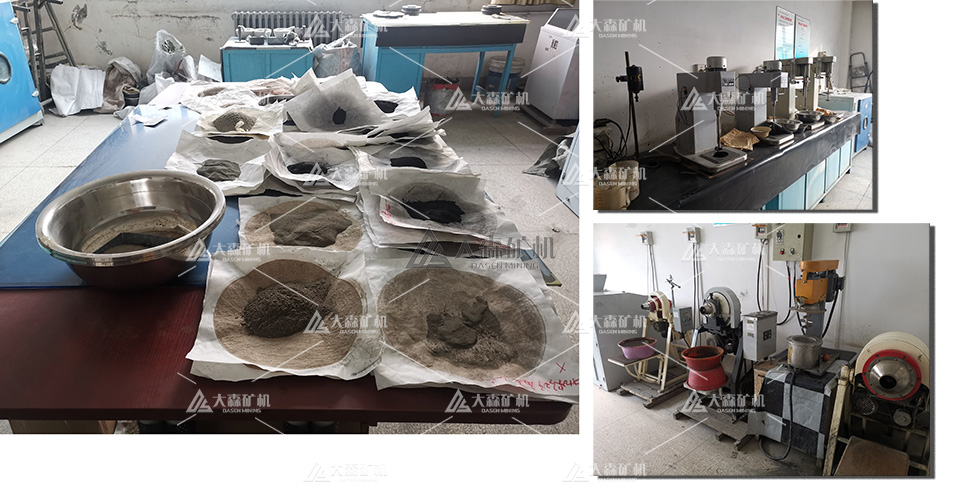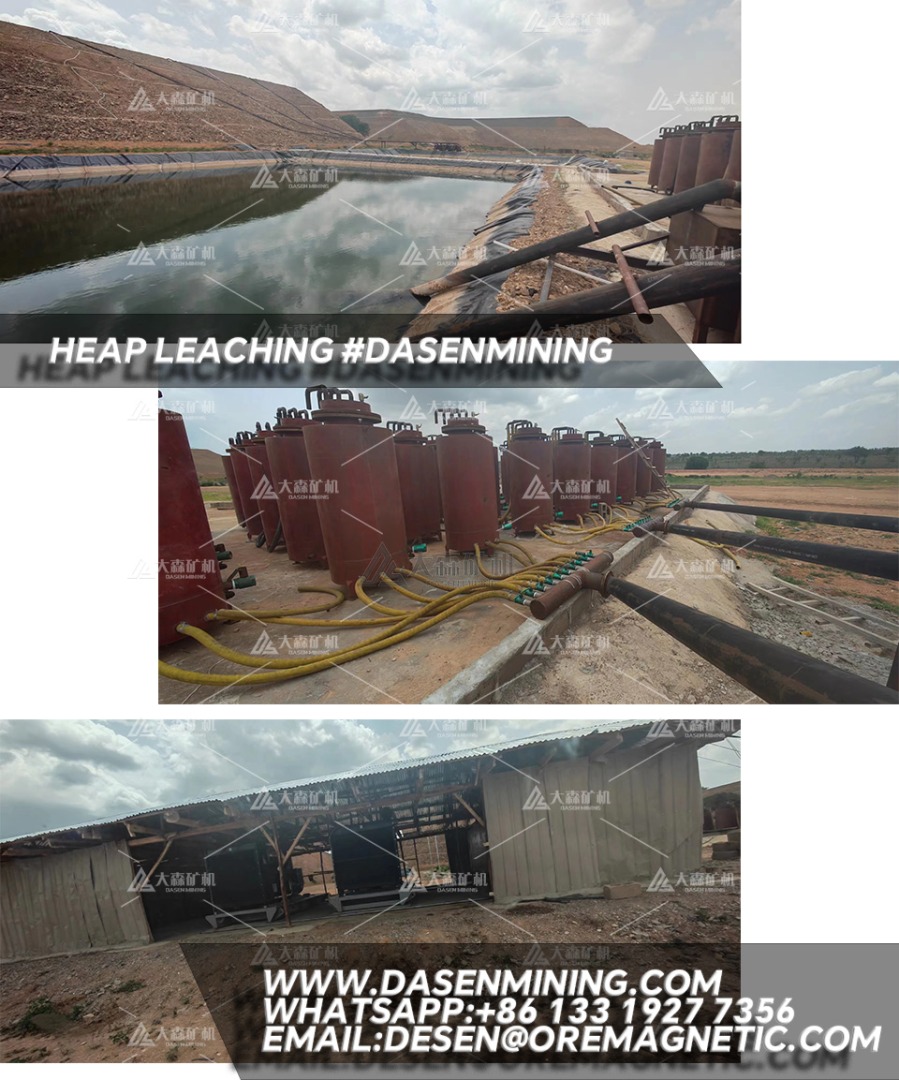What are the Steps Involved in Silver Heap Leaching?
Heap leaching is a widely used method for extracting silver from lead-zinc ores. This article outlines the key steps and considerations for cyanide heap leaching, a process that Dasen Mining has extensive experience with.
1. Site Construction
Heap leaching sites are typically located on gentle slopes near mining operations for easy transportation. The site is prepared by removing weeds and soil, and a slope of 3-5% is constructed to allow the leaching solution to flow into storage tanks. Essential facilities include a lean solution tank, an expensive solution tank, and flood control measures.
2. Ore Pretreatment
The ore must be crushed to a specific size (typically less than 30 mm but not less than 10 mm) to ensure effective contact with the cyanide solution and good permeability. This allows the leaching solution to penetrate the ore pile evenly.
3. Heap Leaching
The heap construction is crucial for the leaching process. It affects the permeability and the distribution of coarse and fine particles, directly impacting the leaching rate. Methods include subpile, layered, and subsection layered building. The heap height generally ranges from 2 to 5 meters. Proper construction ensures uniform distribution of ore particles and prevents issues like channeling and blockages.
4. Spray Leaching
Before spraying cyanide solution, the heap is washed with water and alkali to reduce cyanide consumption. The pH value should reach 9.5-11 before cyanide spraying begins.
Spray Equipment: Uniform liquid distribution is key to improving the leaching rate. Methods include spray and drip distribution, with PVC plastic often used to prevent corrosion.
Leaching Process:
Ore Washing: Washing with CaO or NaOH solution adjusts the pH to the optimal range.
Cyanide Concentration: Sodium cyanide concentration is typically controlled between 0.02-0.1%, adjusted in stages throughout the process.
Spray Intensity: Generally set at 10-20 L/m², with variations based on heap scale and permeability. Intermittent spraying can enhance oxygenation and leaching efficiency.
Heap Leaching Time: Duration varies based on ore properties and particle size, often lasting 1-3 months. Spraying stops when the gold concentration in the effluent drops below 0.1 g/m³.
5. Recovery of Gold and Silver
Leached precious metals are recovered using methods like carbon adsorption, zinc replacement, or direct electrowinning, depending on the concentration and volume of the precious liquid.
6. Factors Affecting Leaching
Key factors include cyanide concentration, oxygen content, pH value, spray intensity, ore properties, heap permeability, and temperature. Oxygen enrichment techniques, such as using hydrogen peroxide or calcium peroxide, can enhance leaching rates.
Whatsapp:+86 133 1927 7356
Email:[email protected]



